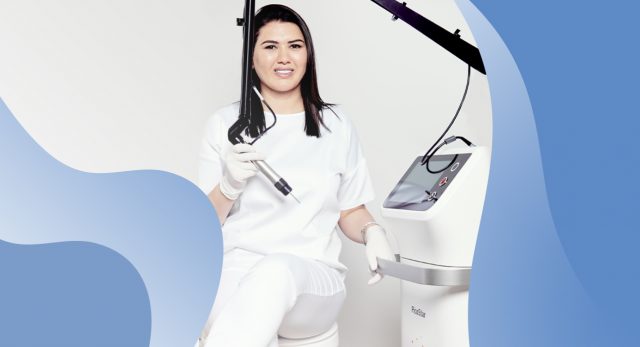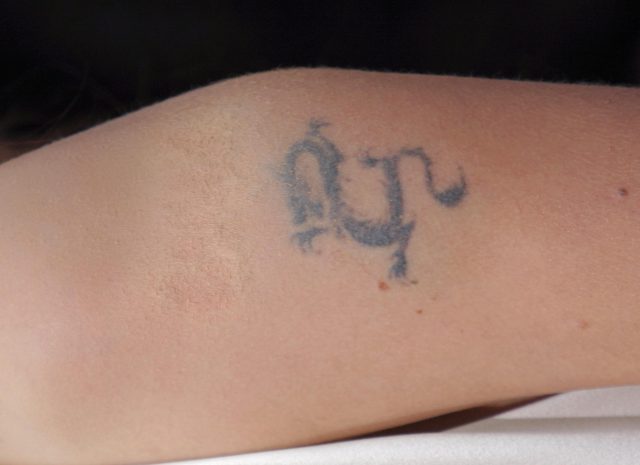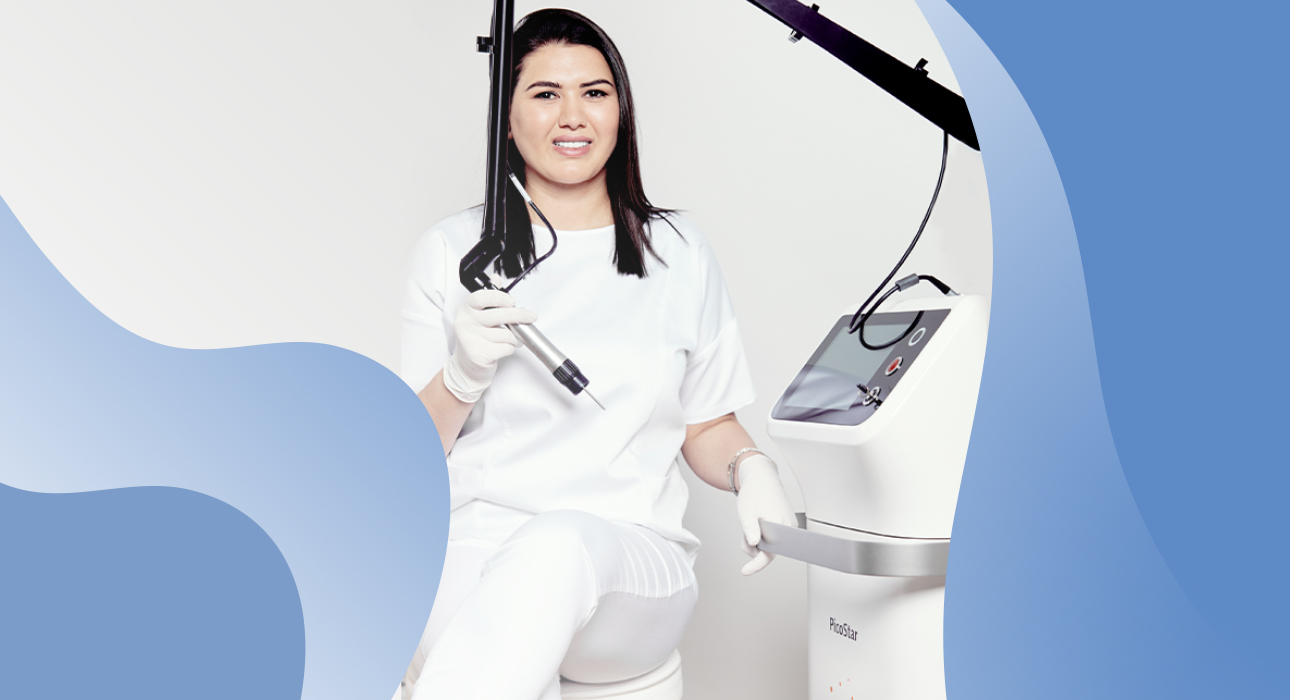
“Working on mistakes” is the name of the popular tattoo removal procedure. Pasihat Magomedova, plastic surgeon, beautician, dermatologist, founder of the COSMOPRO clinical network, told how to safely remove “green eyebrows” on the face and stupid tattoos that are no longer relevant.
mistakes of youth
According to world statistics, every third owner of a tattoo wants to make changes to it: remove part of the pattern or color. A fifth is to remove a tattoo that no longer carries a real symbolic meaning (eg, the old one’s names) that is not aesthetically or socially attractive. And this trend did not bypass the stars. For example, Johnny Depp tattooed “Winona Forever” on his forearm in honor of Winona Ryder. The novel came to an end, and the real passion remained with the hero: Depp asked the tattoo artist to kill the inscription “Forever Wine”. Angelina Jolie faced a similar dilemma: for a long time she reduced her dragon tattoo and the name of her second husband, Billy Bob Thornton. Melanie Griffith wanted to immortalize her love for her husband Antonio Banderas with a heart-shaped tattoo that reads “Antonio” in it, but this ritual didn’t help save the marriage.

If we look closely at the results of tattoo removal of the most famous celebrities, athletes and businessmen 15 years ago, we cannot see perfectly clean skin: after a series of procedures, a dirty halo and even scars remain along the contour.

Why? Probably everyone has heard of laser removal of tattoos. As a rule, removal with the help of a laser-kusvich device (a neodymium laser with a special type of pulse) is less often an erbium laser. But no matter what the ads promise you, the physical characteristics of these technologies often cannot solve the problem. In addition, the patient does not always know what kind of ink the master used, at what depth the colored pigment is clogged. For the skin to be “clean”, the laser beam must crush the pigment in the skin so that immune cells – macrophages – can absorb these microscopic particles and naturally remove them from the body via the lymph flow.
However, tattoos are often tattooed to a great depth, and past generation lasers were not able to break up the pigment in the skin into such small particles. It is necessary to increase the increased power and, to say the least, to increase the patient’s discomfort, pain and session duration. Even after two years of Kusvich laser cure, it can remain dirty and the thermal effect of the laser along the same contour can create a “mark”. The more sensitive area of the body – the neck, the inner surface of the arms, thighs, groin, the higher the risks.
Difficulties with colored tattoos

Colorful tattoos with floral ornaments look very impressive. But tattoos burn over time and must be interrupted. For example, yellow turns orange and black turns green. The aesthetic effect is lost.
We will not go into the complex principles of the operation of the laser beam, but laser cutting does not “see” green, cyan, yellow ink, so their removal was previously considered impossible.
Failed eyebrow tattoo
The black pigment burns and turns into gray-green lines that distort the facial appearance. Sometimes after an unsuccessful tattoo four eyebrows appear on the face: tattoo and natural eyebrows. However, removing eyebrow tattoos with previous generation lasers can have the effect of unwanted hair removal and risk burning facial scarring.
And what to do?
The best laser technology in cosmetology is a branch of cybernetics. A picosecond laser was developed specifically for tattoo removal: an ultra-short and super-powered flash. The Picostar picosecond device works differently from most laser systems with the photoacoustic wave principle. Photoacoustic exposure is literally a “cold laser”, it has no thermal effect on the skin.



Let’s explain it more easily now.
- Photons of laser energy penetrate the target – tattoo pigment – at such a speed that the epidermis does not have time to warm up and there is no risk of burns.
- No burns – no traces of tissue at the tattoo removal site. There is no excessive pain during the procedure. There is no risk of changing the natural skin tone.
- The highest speed of the procedure. Picostar has the largest spot size on the market at 16mm. The procedure for removing a large tattoo area (for example, the entire back) takes not 4 hours, but a maximum of 20 minutes.
- Picostar “sees” different colors of tattoos, so it can affect the entire palette without posing any risk to the skin.
- The procedure is comfortable, even cream anesthesia is not required. If the laser-kusvich conditionally “breaks” the ink pigment into “stones”, then the picosecond laser turns into “fine powder”, and macrophage cells can already absorb and remove it.
- Improvement in skin quality. The picosecond laser has high therapeutic properties – it improves internal metabolism. Therefore, after unsuccessful epilation scars are softened, the skin is tightened and the natural skin tone can be evened out.
Source: People Talk
Elizabeth Cabrera is an author and journalist who writes for The Fashion Vibes. With a talent for staying up-to-date on the latest news and trends, Elizabeth is dedicated to delivering informative and engaging articles that keep readers informed on the latest developments.





